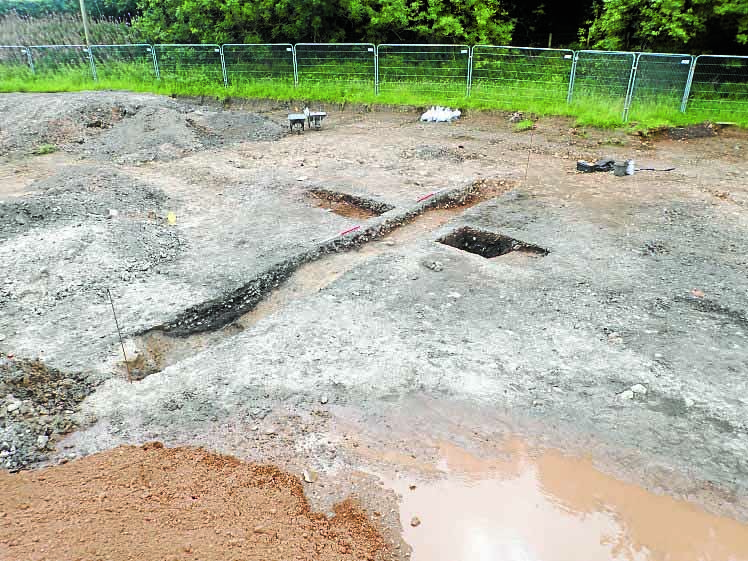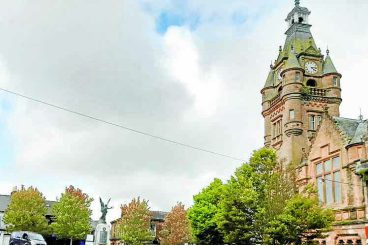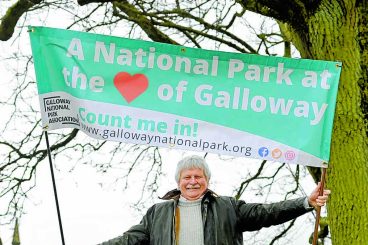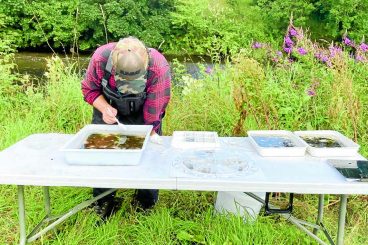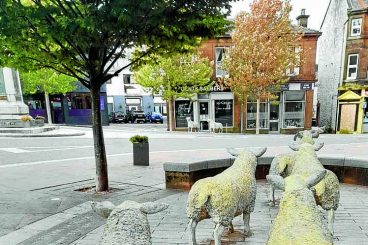The ancient find was made during archaeological works, by GUARD Archaeology, in advance of the construction of housing at Hallmeadow.
Archaeologist Kenneth Green led the excavation and said: “The Hallmeadow burnt mounds comprised two large accumulations of burnt stones and charcoal surrounding large fire pits. These were dated to around 2000 BC during the early Bronze Age.”
These stones were the waste product of a method of boiling water, in which stones were heated and then dropped into a trough.
Over 1900 burnt mounds are known in Scotland, with a distinct concentration in Dumfries and Galloway.
Cooking fish and meat may have been the purpose of many burnt mounds, say experts. Experiments have demonstrated that a joint of meat wrapped in leaves can be cooked over several hours, with heated stones being continually fed into the tank of water to keep it boiling.
However, the archaeologists found no evidence for a permanent settlement at Hallmeadow, suggesting that this was no ordinary Bronze Age site.
Kenneth added: “Hallmeadow’s proximity to the Solway Firth, gives the site easy coastal access to south-west Scotland, western England, Ireland and the Isle of Man.
“Hallmeadow may have been used as a temporary stopping-point or seasonal camping area as people made longer journeys around the Irish Sea.”
A number of flint tools were also recovered during the excavation, including a fragment of Arran pitchstone and a blade-scraper dating to the Neolithic period (4000-2200 BC), suggesting earlier occupation of the site.
Even earlier evidence included a hazelnut shell which was radiocarbon dated to between 4452 and 4264 BC, during the Mesolithic period. This was when some of the earliest hunter-gatherer peoples began to settle in south-west Scotland.
Hallmeadow may have already been established as a useful stopping off place long before the burnt mounds were built.
The archaeological work was undertaken in 2020 on behalf of Robert Potter and Partners LLP and Ashleigh Building to meet a condition of planning consent.
Burnt Mounds at Annan by Kenneth Green is published in the Transactions of the Dumfriesshire and Galloway Natural History and Antiquarian Society 96, available in local libraries.





